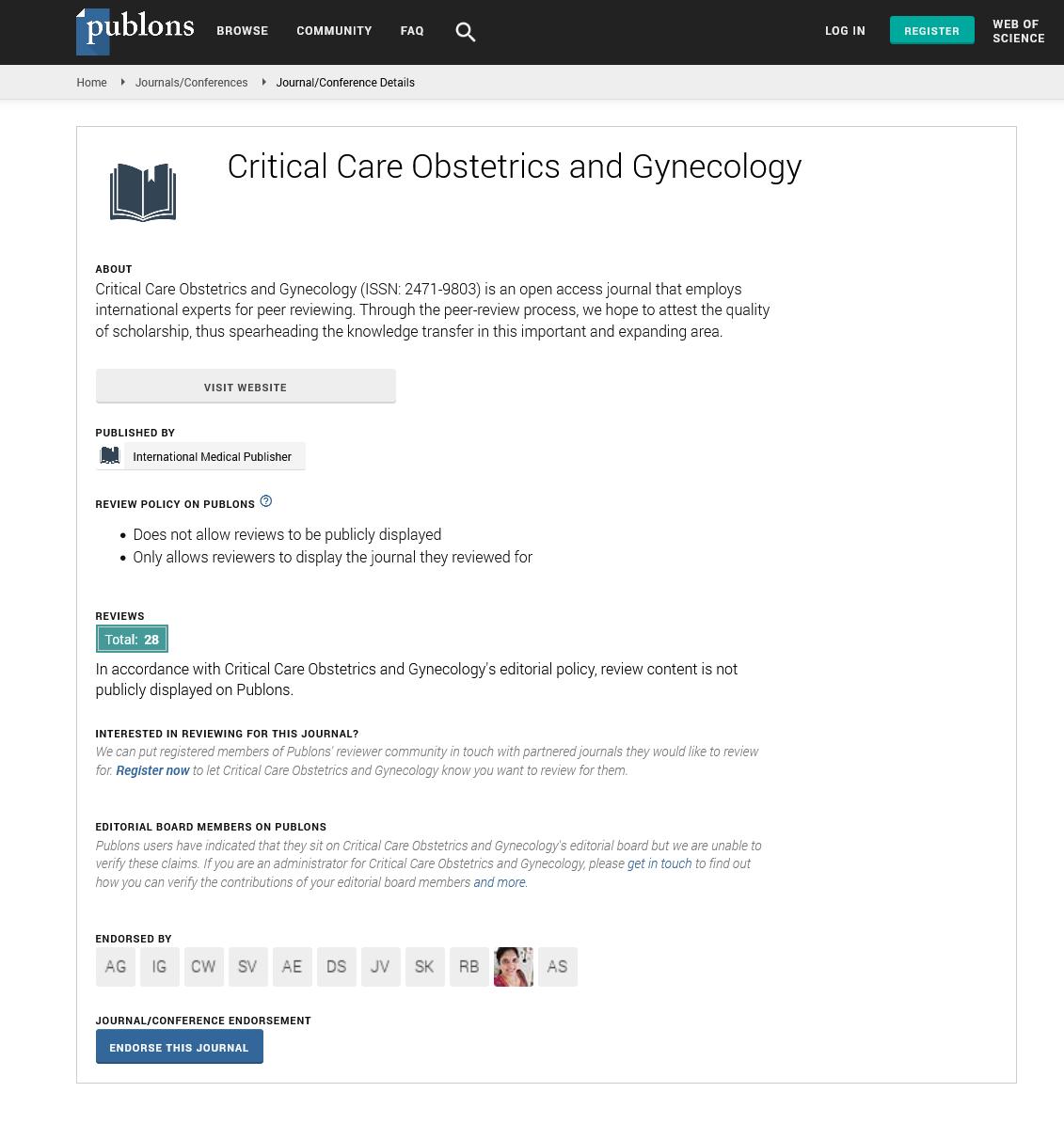Abstract
Assessment Of The Proportion And Associated Factors Of Episiotomy At Public Health Institutions Of Axum Town, Tigray Region, North Ethiopia, 2016
Background: Episiotomy means simply a 2nd degree tear to enlarge outlet, for expulsion of the fetus with tolerable damage or injury. Historically, episiotomy has been an element of vaginal delivery, with the rationale of preventing extensive perennial tearing. Incidence varies according to parity, patient population, indication, and health care provider practicing obstetrics. Study findings showed that higher rate of episiotomy in Ethiopia.
Objective: To assess the proportion of episiotomy performance and its associated factors in Axum town public health institutions 2015.
Methods: Facility based cross- sectional study design was employed in three Public health institutions in Axum town, Tigray, Ethiopia 2015. Information was retrieved retrospectively from a total of 338 maternal charts that were selected using systematic random sampling technique. The data were collected using pre-tested and structured data extraction format. Using SPSS version 20 software, descriptive statistics, bivariate and multivariate logistic regression analysis was done and during bivariate logistic regression analysis those variables at p-value <0.2 was transferred to multivariate logistic regression analysis and during Multivariate logistic regression analysis Variables at P-value <0.05 were considered as statistically significant and AOR with 95% CI was used to control for possible confounders and to interpret the result. The result is summarized using tables, graphs and charts for different variables.
Results: Out of 338 deliveries the proportion of episiotomy was 140(41.44%).The odds of episiotomy practice were 1.8 times greater among primipara when compared with multiparous women [AOR=1.89(1.08, 3.23)], 8.9 times greater among mothers whose labor were assisted by vacuum as compared to those who delivered by normal vaginal delivery [AOR=8.99(4.25, 19.03) ], 4.7 times greater among deliveries whose fetal presentation was face when compared with vertex presentations [AOR=4.76(1.94, 11.67)].
Conclusion: The proportion of episiotomy practice is high. Parity, face presentation, mode of delivery, Birth Attendant and 1st minute Apgar score were significantly associated with practice of episiotomy.
Author(s):
Yemane Y, Sahile E, Alehegn A, Girma A, Robles C, Kebedde S, Minlikalew Z, Yekoye A, Kirubel AA and Dagnachew E
Abstract | Full-Text | PDF
Share this

Google scholar citation report
Citations : 148
Critical Care Obstetrics and Gynecology received 148 citations as per google scholar report
Critical Care Obstetrics and Gynecology peer review process verified at publons
Abstracted/Indexed in
- Google Scholar
- China National Knowledge Infrastructure (CNKI)
- WorldCat
- Publons
- Geneva Foundation for Medical Education and Research
- Secret Search Engine Labs
Open Access Journals
- Aquaculture & Veterinary Science
- Chemistry & Chemical Sciences
- Clinical Sciences
- Engineering
- General Science
- Genetics & Molecular Biology
- Health Care & Nursing
- Immunology & Microbiology
- Materials Science
- Mathematics & Physics
- Medical Sciences
- Neurology & Psychiatry
- Oncology & Cancer Science
- Pharmaceutical Sciences


